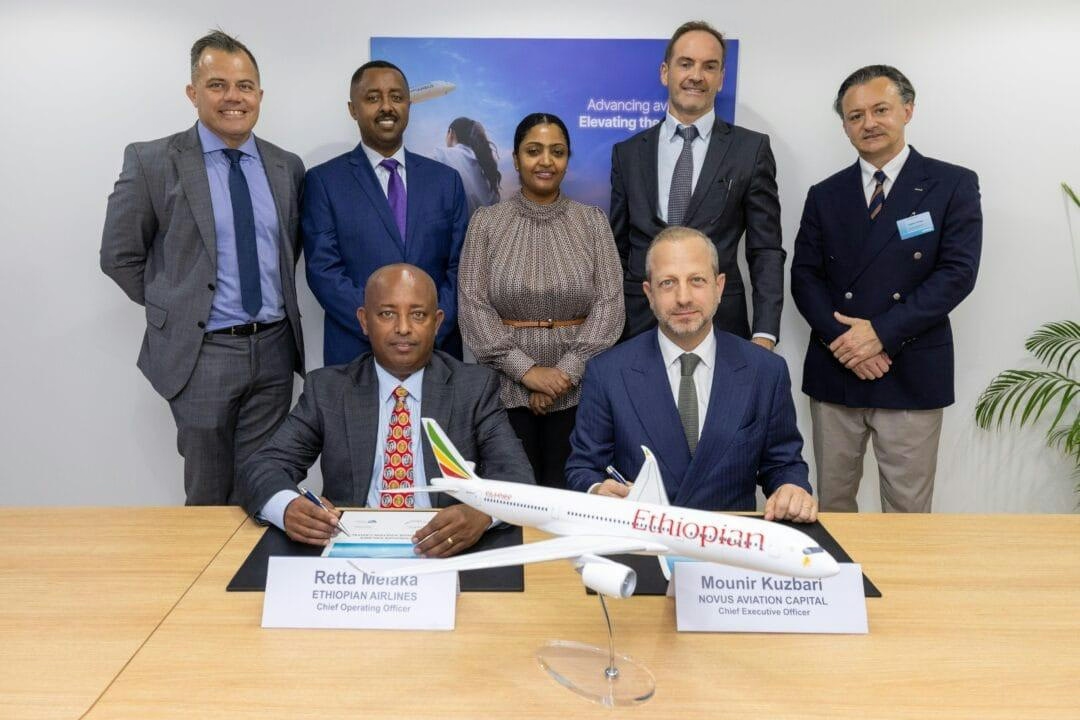
AeroGenie — Votre copilote intelligent.
Tendances
Categories
PAC Questions Airlines on Airfare Increase and Safety After AI-171 Crash
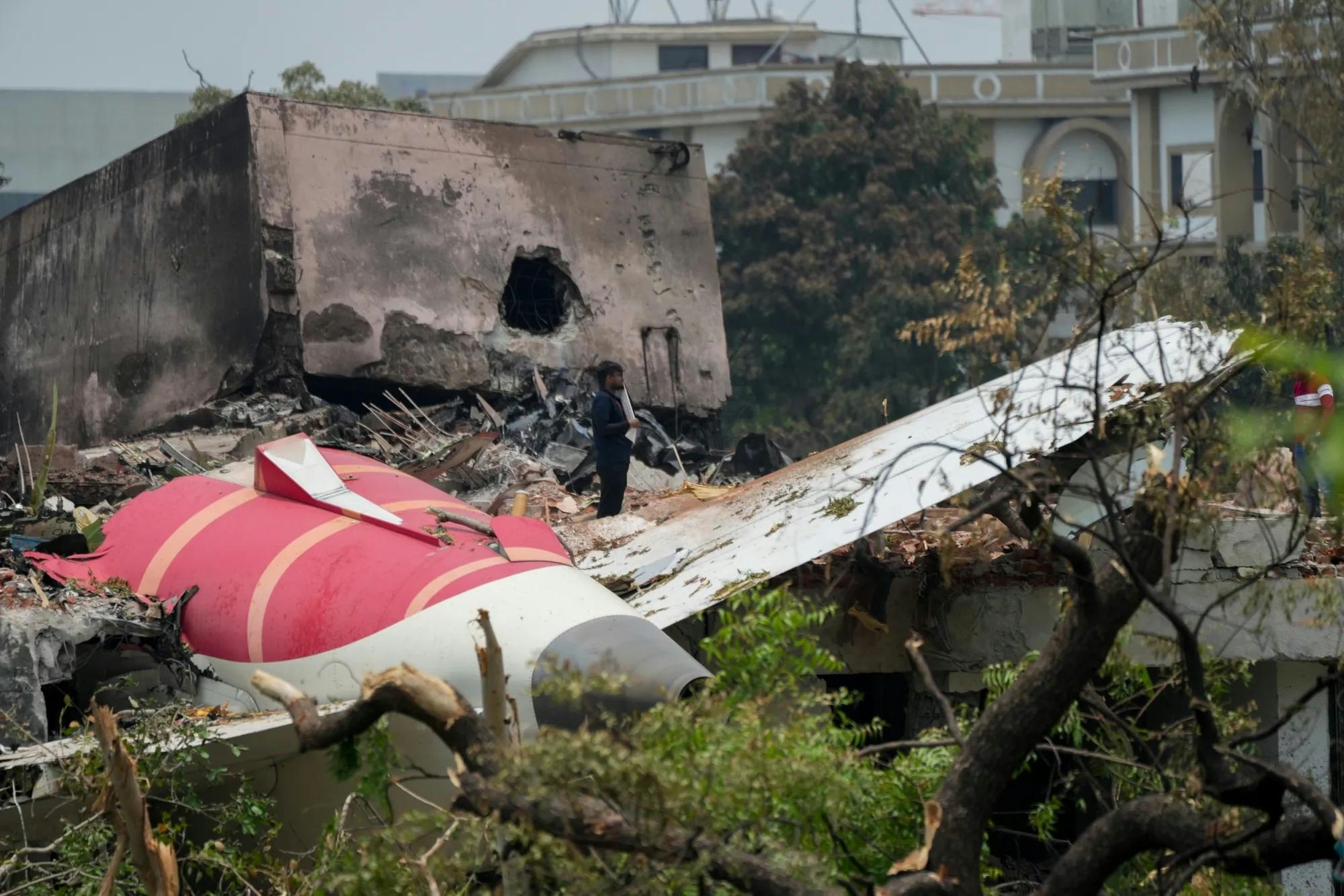
PAC Questions Airlines on Airfare Increase and Safety After AI-171 Crash
Parliamentary Scrutiny of Airfare Hikes and Aviation Safety
The Public Accounts Committee (PAC) of the Indian Parliament convened on Tuesday to question senior officials from the Ministry of Civil Aviation and leading airline representatives regarding the recent surge in airfares and ongoing concerns about aviation safety. This session followed the tragic crash of Air India Flight AI-171 and the terror attack in Pahalgam, Jammu and Kashmir, events that have intensified public and parliamentary scrutiny of the sector.
Lawmakers expressed strong disapproval of what they described as opportunistic fare increases by airlines in the wake of the April 22 terror incident in Pahalgam. Tourists attempting to return home reportedly faced exorbitant ticket prices, prompting members of parliament to call for stricter regulation and greater transparency in airline pricing. PAC Chairman and Congress MP KC Venugopal emphasized the dual concerns of safety and affordability, stating, “The sudden surge in fares post-Pahalgam and during the Kumbh was unacceptable. We’ve directed airlines and DGCA to provide transparency on pricing.”
In response to public outcry, Civil Aviation Minister Ram Mohan Naidu Kinjarapu had previously instructed airlines to restrain fare hikes, assuring that ticket prices were being closely monitored to remain reasonable.
Focus on AI-171 Crash and Safety Investigations
The meeting included officials from the Directorate General of Civil Aviation (DGCA), Airports Economic Regulatory Authority (AERA), Airports Authority of India (AAI), Bureau of Civil Aviation Security (BCAS), and representatives from major airlines such as Air India, IndiGo, Akasa Air, and SpiceJet. A significant portion of the discussion centered on the June 12 crash of Air India Flight AI-171, a Boeing 787-8 Dreamliner that crashed in Ahmedabad, resulting in the deaths of all 241 passengers and crew, including former Gujarat Chief Minister Vijay Rupani.
The Aircraft Accident Investigation Bureau (AAIB) has submitted its preliminary report to the Civil Aviation Ministry. Notably, the black box data from the crash was decoded domestically for the first time, with technical assistance from the Indian Air Force, Hindustan Aeronautics Limited (HAL), and experts from the U.S. National Transportation Safety Board (NTSB). Lawmakers questioned the typical duration of black box investigations and the extent of foreign expert involvement in the process.
The crash has heightened public scrutiny of Air India’s safety standards and raised concerns about potential compensation disputes with victims’ families. Market analysts predict a temporary decline in Air India’s stock prices and an increase in insurance premiums. Rival airlines are expected to respond with intensified safety audits and marketing efforts emphasizing their own safety records.
Despite these concerns, the Indian aviation regulator has reported no major safety issues in Air India’s Boeing 787 fleet following recent inspections. Investigations into the AI-171 crash remain ongoing.
Calls for Strengthened Safety Measures and Regulatory Oversight
BJP MP Jagdambika Pal underscored that air safety was the primary focus of the PAC discussions, alongside long-term strategies to enhance air connectivity, particularly to the Buddhist Circuit. He remarked, “The Dreamliner was considered one of the safest planes. We want to ensure the cause of the crash is thoroughly probed.”
Nationalist Congress Party (NCP) MP Praful Patel highlighted the critical need for skilled manpower within aviation safety bodies, suggesting that retired professionals could be temporarily reinstated to address current staffing shortages.
Amid these developments, several Opposition MPs have called for a special audit of the Bureau of Civil Aviation Security (BCAS), citing growing concerns about the sector’s overall safety and preparedness. The PAC has demanded clear fare regulations and robust safety measures to restore public confidence in India’s aviation industry.
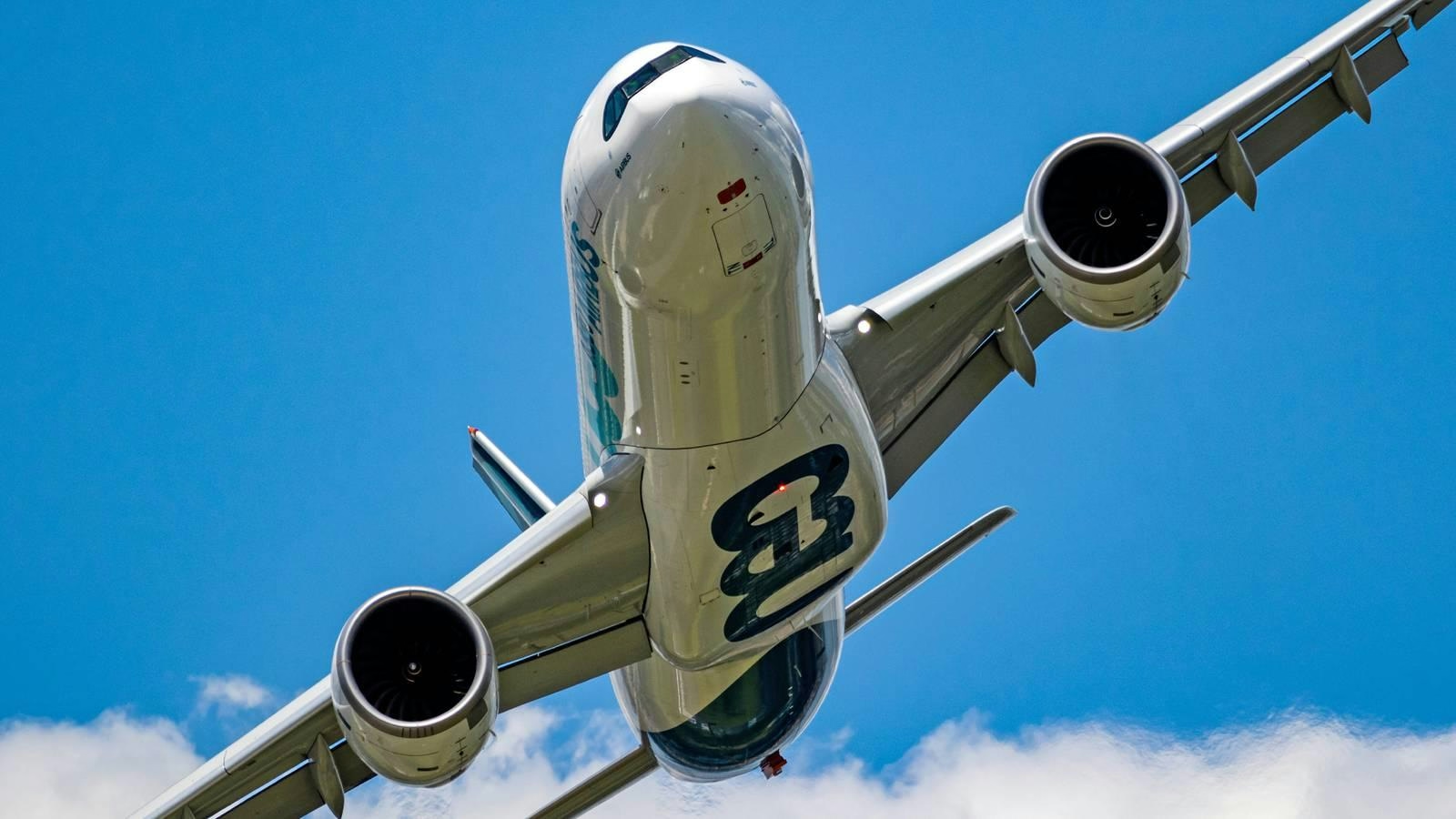
Why Is the Airbus A330neo Limited to a Single Engine Type?
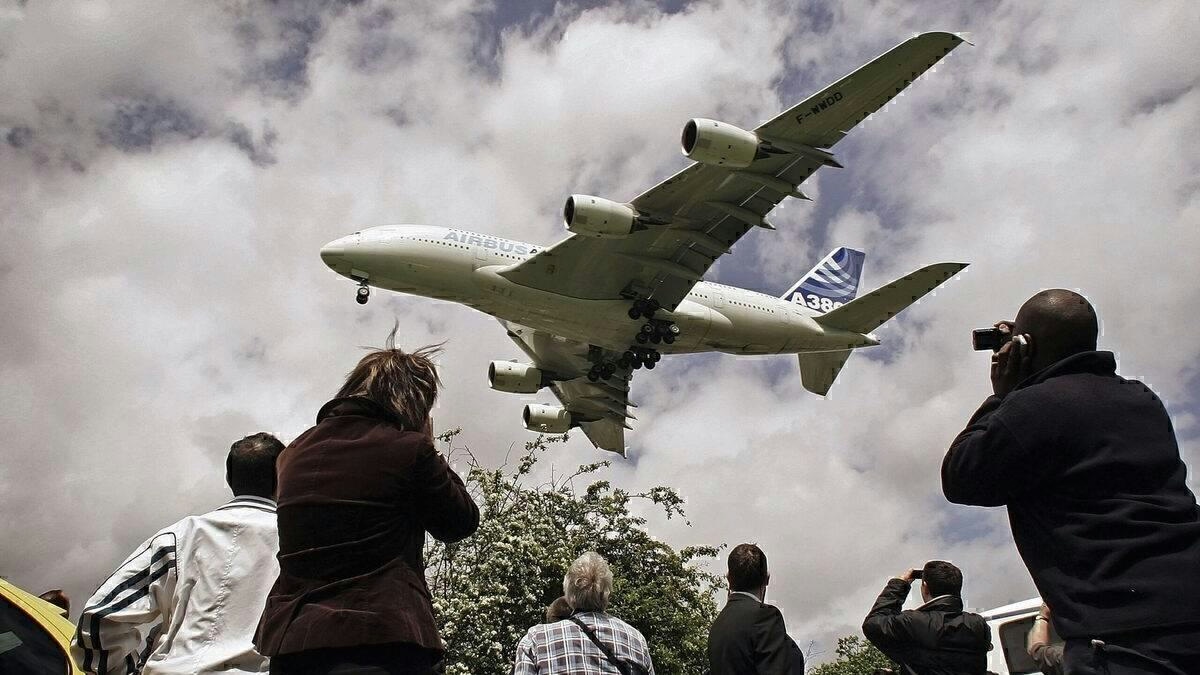
FedEx Cancels Airbus A380 Order

Why AI Hasn’t Transformed Flight Booking
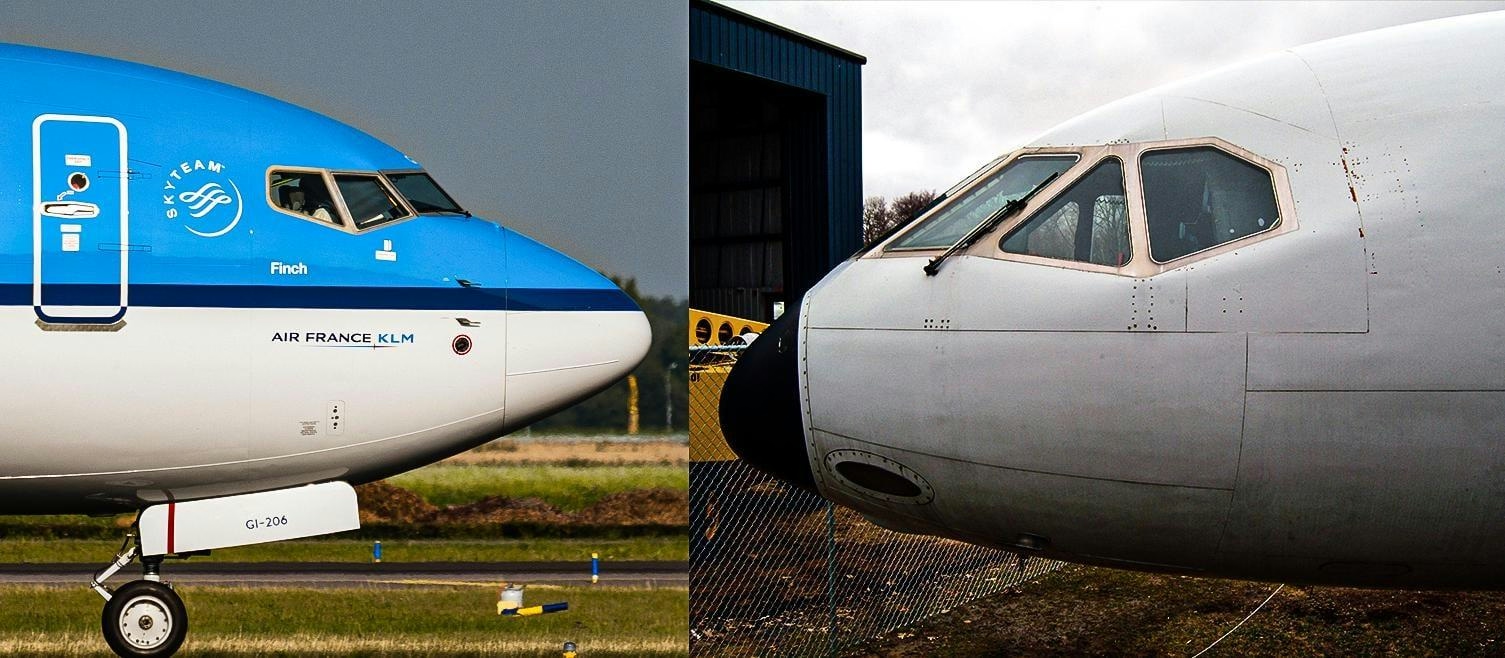
Why Are Boeing Aircraft Noses More Pointed Than Airbus?
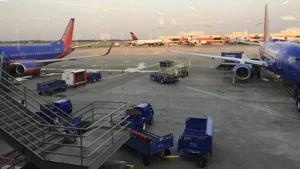
Digitizing the Aviation Supply Chain: Moving Beyond Outdated Practices
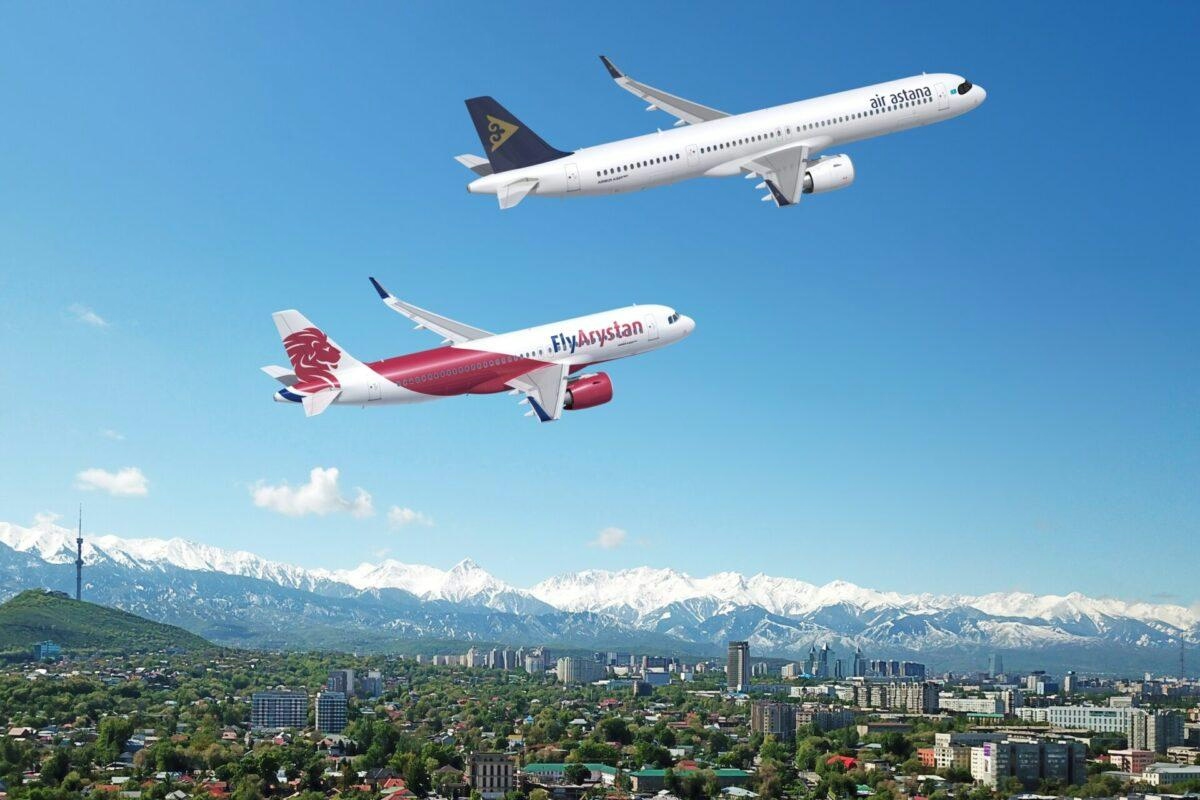
Air Astana Signs Agreement for Up to 50 Airbus A320neo Jets
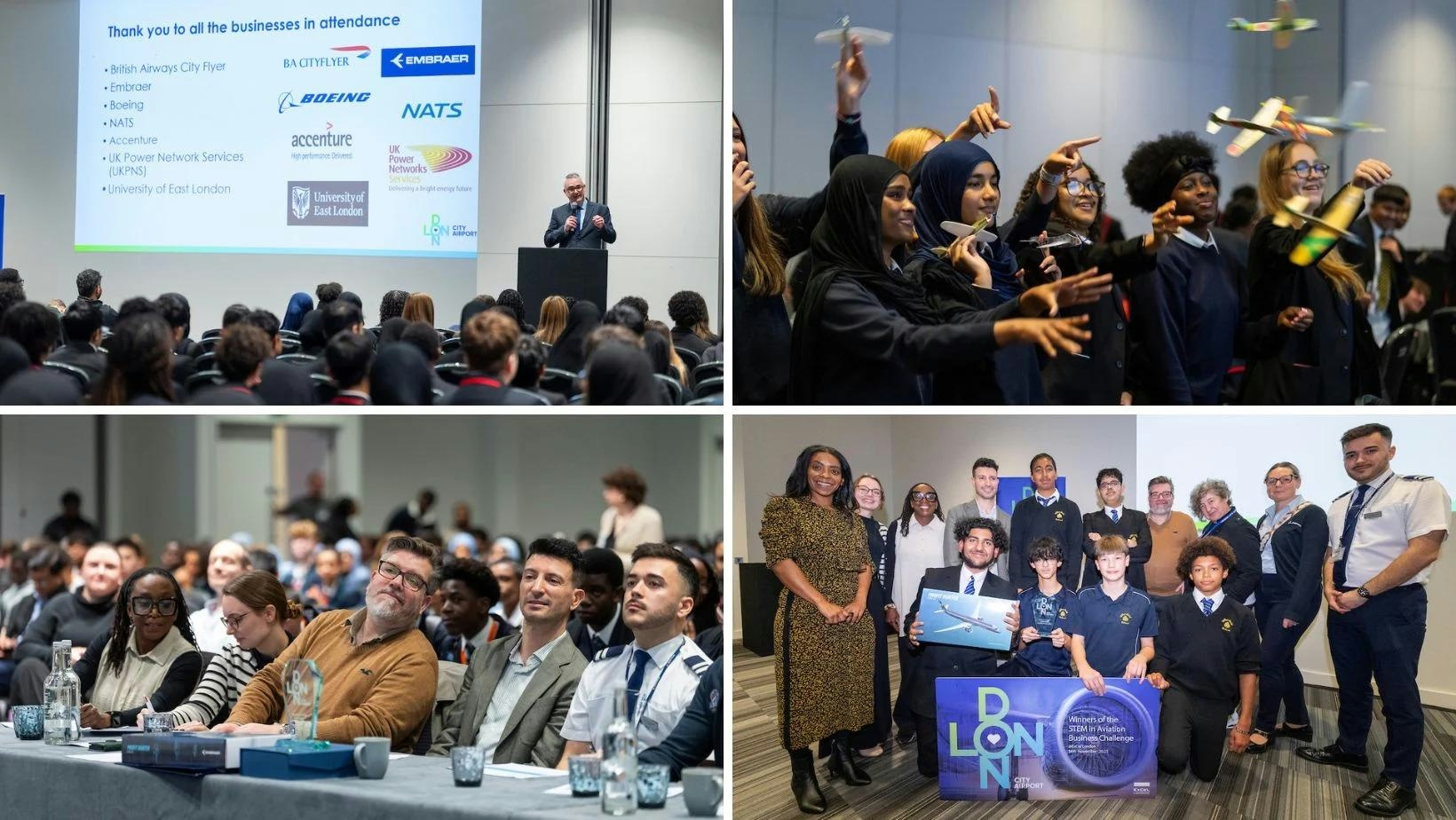
East London students explore aviation innovation at LCY STEM event
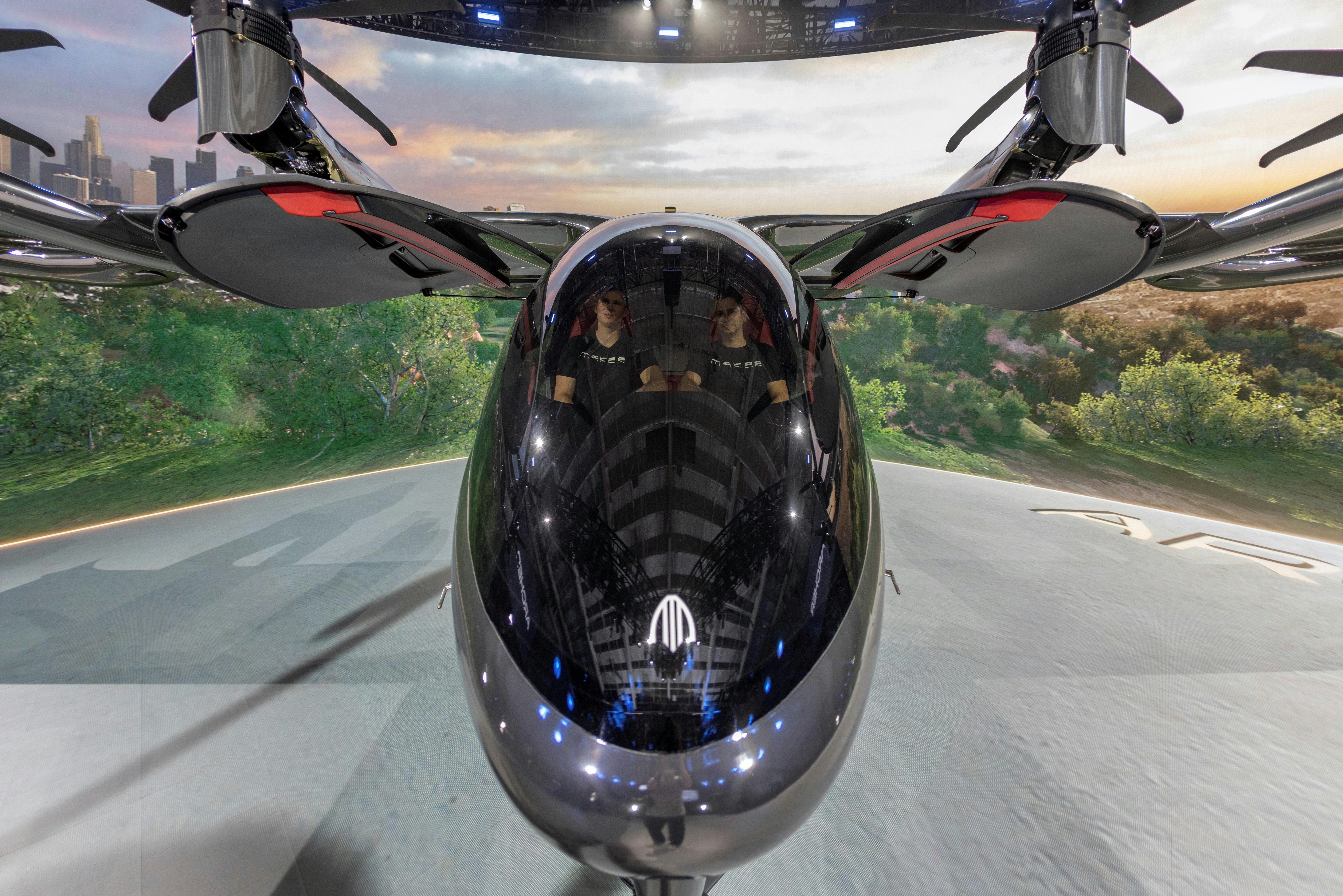
Archer’s Air Taxi Fails to Fly at Dubai Airshow
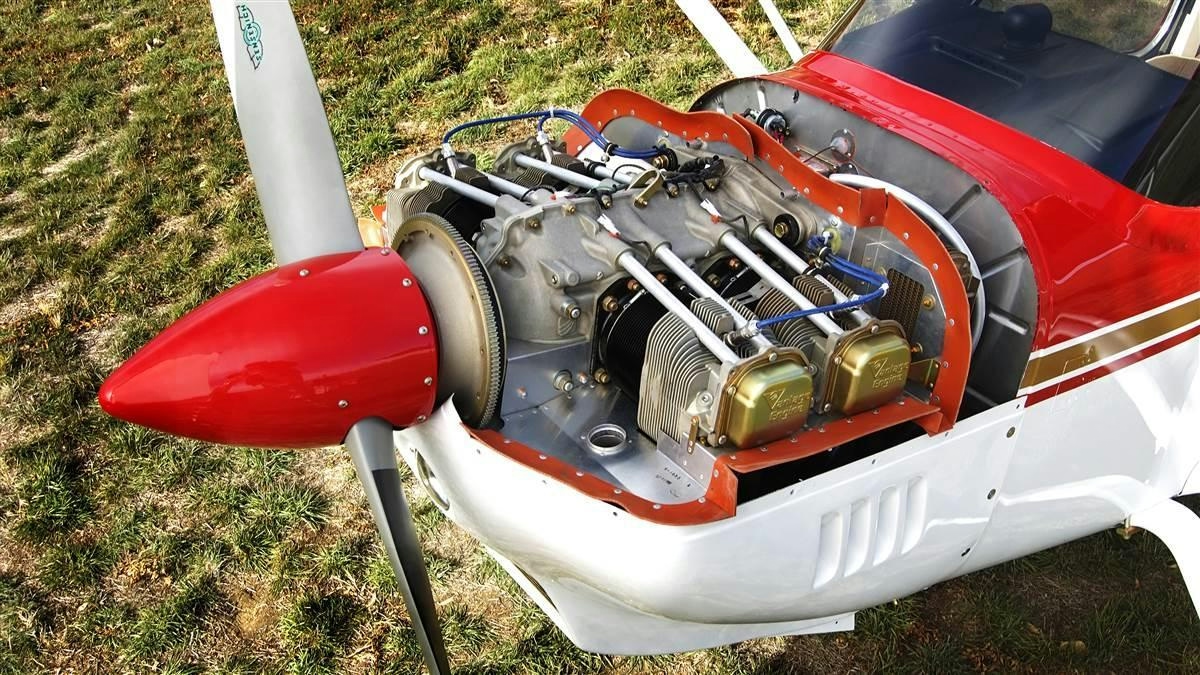
New Course on Airplane Engine Operations Launched
